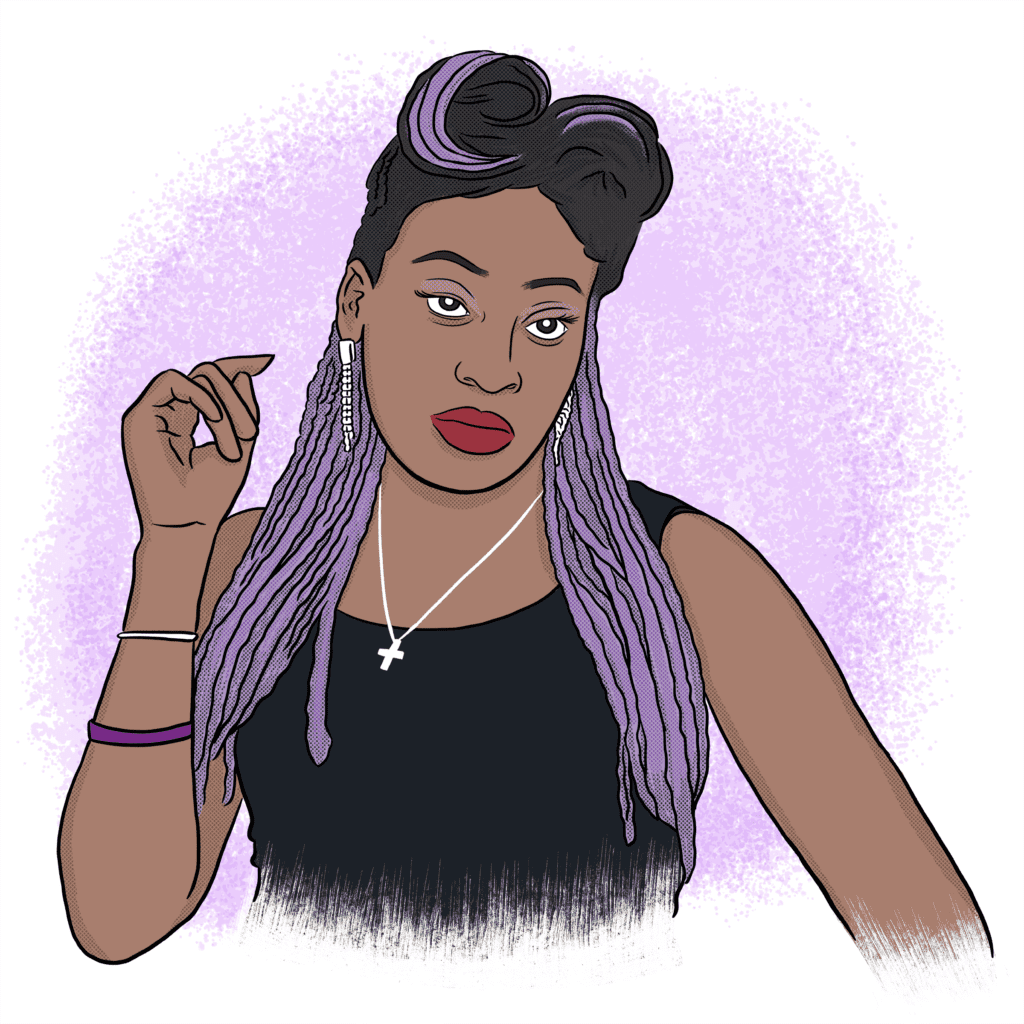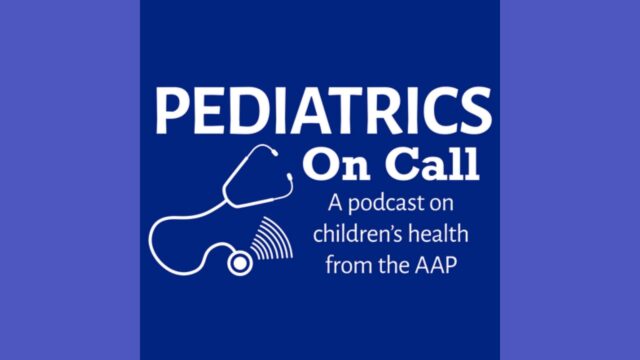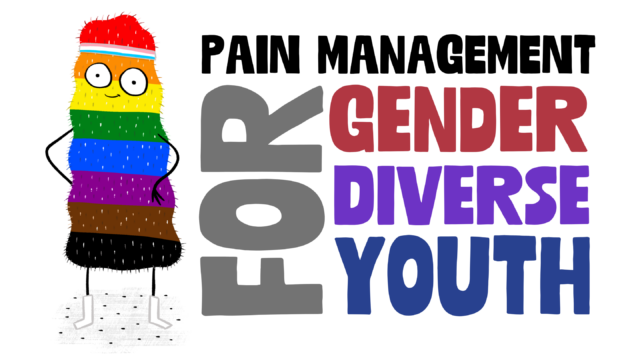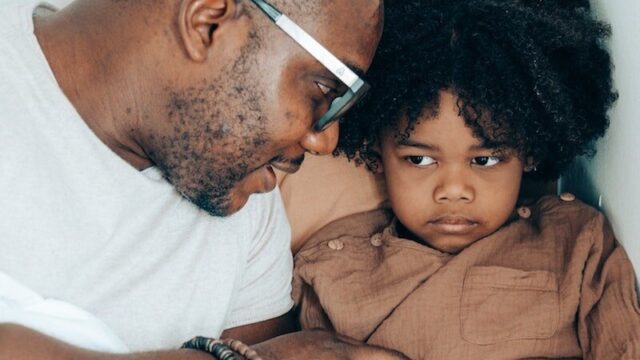Racial disparities in pain management: How the color of your skin can determine what kind of care you get
Racial bias impacts every aspect of healthcare, including pain treatment. Pretending otherwise perpetuates a system that creates needless suffering. It's time we do better.
Jody Thomas, PhD
Babies & Toddlers (0-2) Kids (3-11) Tweens & Teens (12+) Provider Acute Pain Chronic Pain Procedural Pain English
Share this:

As if there was any doubt that there are massive racial disparities in our healthcare system, you can find yet another heartbreaking example in a video that went viral last month.
You can watch for yourself the video of Brittany Hightower being refused treatment for her sickle cell disease crisis. Trigger warning: prepare yourself…it’s utterly devastating. The video was shot from her point of view as she was repeatedly refused care and discharged against her will for treatment of severe pain as a result of her sickle cell disease. She quite literally begs for treatment but is repeatedly denied. Her obviously overwhelming suffering gets no relief.
For those who don’t know, sickle cell anemia is an inherited genetic disorder that impacts blood cells. On top of the massive risks it carries when it comes to things like heart attacks, strokes, and organ failure, sickle cell patients often suffer from excruciatingly painful episodes referred to as pain crises. Appropriate treatment includes very strong pain medications. The need for medical care is often urgent and frequently life threatening. It is extremely relevant to note that sickle cell disproportionately impacts those of African descent.
The fact that most people who have sickle cell anemia are Black has much to do with the way these patients are treated. Heck…it has a lot to do with why you may have never heard of this disease until now, despite the fact that it is quite common. It also very likely has much to do with why Brittany was refused care, and why she tragically, and potentially unnecessarily, died just a few days later.
Many have pointed out that we don’t know what happened before that video started or have more context to the events of the day: we don’t have all the facts. While I acknowledge that this is true, I also can’t say that I find that context to be terribly important to how I personally feel about what happened. No matter what occurred before that camera started recording, she should never have been treated that way. NO ONE should ever be treated that way.
A devastating reality
The truth is that no matter what happened before or after or whatever context may exist, what I can say for certain is that I’ve worked in healthcare for over 25 years. For decades, I’ve worked with children and families coping with the massive challenges of sickle cell anemia and other devastating diagnoses. I’ve spent the last many days talking to colleagues about this case. What should horrify anyone even more is that exactly no one I spoke to was in any way surprised. Shocked, horrified, disgusted, enraged…yes. But surprised? Not a one. We’ve all witnessed first-hand the racial disparities in health care and the dangers of unconscious-but-very-real bias. We’ve all witnessed how people of color are routinely under assessed, under treated, and straight up not believed, especially when it comes to pain.
The research is clear.
While this might sound anecdotal, and “just my experience,” the research on the topic is wildly disturbing and leaves no doubt this is a massive problem. Countless studies have shown that racial and ethnic minorities very often receive inadequate pain management compared with their White counterparts. Notably a huge review study looked at more than 20 years of data in the United States and found that, compared with all other groups, Black Americans were at the highest risk for inadequate pain treatment. Black patients were 22% less likely than White patients to receive “any analgesia medication” or an opioid…for the very same painful conditions.
Another 2019 study that looked at acute pain management of more than 7000 emergency medicine patients found that Black patients were 35% less likely to receive pain medication than White patients. Other studies have reported similar results in all kinds of pain situations, including cancer pain and postpartum pain. Another example: a study examining pain management for cancer patients found that only 35% of racial minority patients received the appropriate prescriptions—as established by the World Health Organization guidelines—compared with 50% of nonminority patients.
The undertreatment of pain for Black patients is true even for children. A study of nearly one million children diagnosed with appendicitis revealed that, relative to white children, black children were less likely to receive ANY pain medication for moderate pain and were less likely to receive opioids—the actual appropriate treatment—for severe pain. These are CHILDREN…let that sink in.
Why???
Why does this happen? Excellent question with no clear answer. It is worth noting that racial differences in medical providers’ perception and treatment of pain does not seem to come from blatantly racist attitudes. In other words, it’s not the result of openly racist people intentionally acting in a racist way. It appears to be a more complicated and systemic issue than that, which makes it even more challenging to deal with. Implicit bias is a form of bias that occurs automatically and unintentionally but it nevertheless affects judgments, decisions, and behaviors. In this case, that bias has to do with race, and has devastating consequences.
One contributing factor to the undertreatment pain in the Black population is the implicit bias that can lead medical professionals to not believe that the pain exists in the first place. Research has clearly shown that doctors are much more likely to underestimate the pain of black patients (47%) than nonblack patients (33.5%).
Another likely contributor is the persistent myths and false beliefs that endure about racial differences in pain experiences. Many of these racist ideas can be traced back to the days of slavery when these supposed “biological differences” were used to justify the abusive treatment of enslaved peoples. Those false but destructive beliefs still persist today, even among medical providers. A fascinating and disturbing 2016 study looked at medical residents’ and med students’ beliefs about racial biological differences that impact pain experience. The study found a shocking amount of those medical trainees endorsed totally bogus beliefs about pain based on race, such as “Black people’s nerve endings are less sensitive than White people’s” and “black skin is thicker than white skin.” In fact, 50% of the medical trainees/future doctors endorsed at least one completely false belief. Disturbingly, the trainees who more strongly endorsed false beliefs about biological differences reported lower pain ratings for Black patients compared with White AND made less accurate treatment recommendations. Findings like this should terrify us all.
So what the $#%& do we do about this mess?
So what do we DO about this? Excellent question. As with most things in life, it’s complicated. I’m not pretending to have all the answers, but I am here to push what I think is a VERY necessary conversation. At the very least, we have to use our collective voices, as patients and as medical professionals. If we have any chance of finding real solutions to how we can reduce the effects of racial bias in healthcare and prevent unnecessary suffering, we have to first admit that bias EXISTS. Denial and underplaying the issue of race bias guarantees that it will not only continue to exist, but grow. Pushing it to the forefront of the conversation is the only way we have a chance of making this better. This means we all have to embrace that there are going to be a lot of really uncomfortable and challenging conversations that necessitate long hard looks in the mirror. That is hard. But not nearly as hard as letting people suffer unnecessarily and letting a broken system stay broken.
We have to first admit that bias EXISTS. Denial and underplaying the issue of race bias guarantees that it will not only continue to exist, but grow.
Education is key.
We need to be teaching about systemic racism and implicit bias, how it plays out in the health care system, and how to keep it from leaking into the decisions of how to treat real people who are suffering. This needs to start in med school and frankly, never stop. The great news is that there are some amazing individuals already doing this work, and we all need to support and elevate their work. This is happening in the world of academic research but also in the real world and the the world of social media.
Case in point? If you want to be both inspired and informed, you should check out the social media accounts of an amazing individual named Joel Bervell. A medical student and incredible human, Joel has made a name of for himself as medical mythbuster, and it is IMPRESSIVE. He’s amassed a massive following on TikTok and has made major media appearances on outlets like Good Morning America and National Public Radio. His channel is brilliant…and educates medical providers and the public on the disparities in health care. It highlights just how the medical education system has managed to at best leave out and at worst actively discriminate against minority populations.
What do I mean by this? Well, if diagnosing a medical issue depends on recognizing a rash, what does that rash look like on black skin as opposed to white skin? Did you know medical equipment like a pulse oximeter doesn’t work the same way on black skin? When pulse oximeter numbers determine the course of treatment, understanding that difference can become truly a life and death situation. And this is just the tip of the iceberg. And Joel…the future Dr. Bervell…is here to make sure you have great information.
We MUST do better.
Let’s all take a lead from Joel. Start by using your voice. Speak up. Ask the hard questions. Question yourself. Ask the hard questions of your doctor. Ask the hard questions of your colleagues if you work in medicine. Educate yourself. Be curious. Listen to the people most affected by racial disparities. Embrace the discomfort so others don’t have to carry that load alone. We have to do better. We MUST do better.
As Brittany Hightower’s story shows us, the cost is simply too high. May she rest in peace.
You May Also Be Interested In

Podcast
American Academy of Pediatrics On Call Podcast: Pediatrics Research Roundup, Managing Fear of Needles
In this episode Rachel Moon, associate editor of digital media for the journal Pediatrics, shares a research roundup from the July issue. Hosts David Hill, MD, FAAP, and Joanna Parga-Belinkie, also talk with David Becker and Jody Thomas, PhD, about strategies for taking the pain and fear out of vaccinations.

Blog Post
Pain Management for Trans and Gender Diverse Youth
At Meg Foundation, we’re all about empowering children and families with resources that will help them be more comfortable and less anxious during medical procedures. For trans and gender diverse youth, the word “empowerment” is a critical part of their medical vocabulary.

Blog Post
How to Make Shots Hurt Less for Kids and Overcome Needle Phobia
Get ready for Needle Poke Game Day with these expert, research-backed strategies for getting your kiddo through a needle poke with more comfort and less pain– Yes, really! These strategies help shots hurt less!

Blog Post
A Meg Foundation Success Story: Emi's Journey Through Cancer to Recovery!
A dose of inspiration, a look at the long-term impact of good pain management skills, and why we do what we do!

Blog Post
How to Have Difficult Conversations with Kids
If you’re getting tough questions from your kids right now, you’re definitely not alone, but there are some things that can make it easier. I’ve put together some tips and helpful things to say when you’re navigating tough conversations with kids.

About the Author
Dr. Jody Thomas is a licensed clinical psychologist, and specialist in pediatric medical illness and trauma. A well-known expert in pediatric pain who teaches internationally on the subject, she is also a founder and the former Clinical Director of the Packard Pediatric Pain Rehabilitation Center at Stanford, and a former Assistant Professor at the Stanford University School of Medicine. Though she now lives in Denver, CO, she still serves as Adjunct Faculty for Stanford, providing supervision and teaching. As a consultant for the Lucile Packard Children’s Hospital at Stanford, she directs projects on the integration and innovation of pain management using tech-based intervention. Her passion for bringing together the power of medical science, technology and design to transform the way we think about kids and pain led her to her current focus but it’s her role as a mom of two that solidified her path in creating the Meg Foundation.